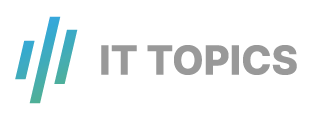NTT DATA, a world provider in technology services, leads the construction and design of “Advanced Technology for Health INtelligence and Action It System (ATHINA)“, for the European Health Agency (HaDEA) and the European Health Emergency Response Authority (HERA). The new platform aims to strengthen Europe’s capacity to prevent, detect and respond rapidly to cross-border health emergencies, with a specific focus on the identification and prevention of pandemics.
ATHINA will be developed by a consortium of companies, led by NTT DATA and comprising Netcompany-Intrasoft, counting with more than 50,000 highly skilled employees as well as bringing the expertise of IQVIAThe whole strategic investment reaches more than 13 million euros and an initial period of three years.
Thus, ATHINA is a high-tech intelligence system that will leverage an unprecedented amount of public health and supply chain related data to provide accelerated information and action-oriented evidence on potential global health threats. As its most prominent functions, ATHINA will monitor, detect, analyse, and prioritize threats, identify available countermeasures, and provide response options, thus contributing to building a stronger European Health Union.
This EU-funded project represents a significant step towards effective preparedness and response to health emergencies, supporting HERA’s efforts to strengthen Europe’s ability to prevent, detect and respond rapidly to serious cross-border health threats. A commitment that underscores the importance of effectively addressing global health threats and reaffirms the consortium’s position as a leader at the forefront of pandemic response.
According to Esther Saavedra, EC Health Account Manager at NTT DATA: “Once again, technology gives us the opportunity to be better prepared to respond to such important challenges as a pandemic or any other CBRN risk may be. NTT DATA is therefore delighted to be able to lead this project, which we believe will undoubtedly contribute to the creation of a more robust and united European Health Union”.
Note to Editor: This project has been financed with European funds, within EU4Health, the fourth and largest of the EU health programmes. More information here









